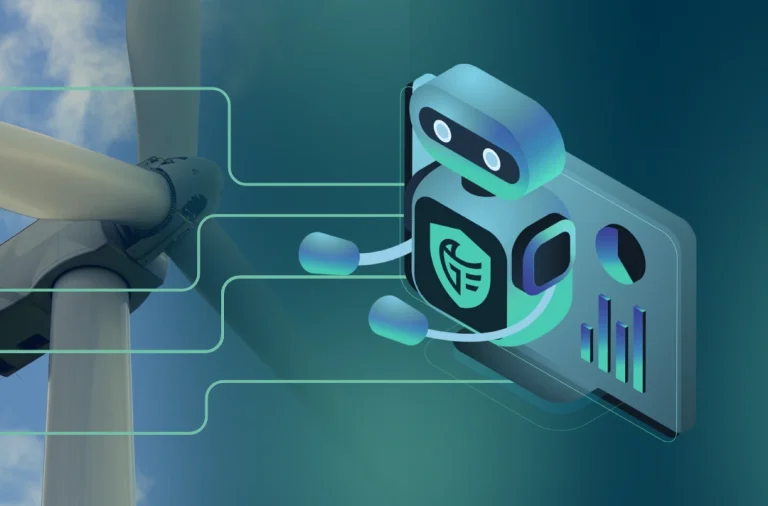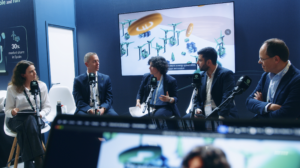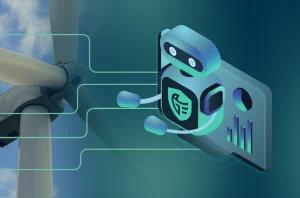Wind energy is a rapidly evolving industry, and independent power producers (IPPs) – especially those that operate their own assets – are continuously searching for innovative solutions to optimize fleet performance. As the industry expands, the challenges faced by IPPs have become more complex. Particularly for those utilizing certain turbine technologies, high response times and frequent curtailment issues have emerged as key pain points. This article seeks to challenge traditional approaches to wind farm operations and propose a transformative solution: Robotic Process Automation (RPA).
Two Key Industry Challenges For Independent Power Producers
- High Response Times
For some IPPs using certain turbines types, high response times from remote control rooms have been a significant obstacle. These delays can lead to decreased productivity, as operators are unable to quickly address issues given they are often dealing with multiple issues which are happening at the same time. In an industry where every minute counts, these increased response times can have a substantial impact on a wind farm’s overall performance and revenue generation.
- Frequent Curtailment of Wind Turbines
In most cases, curtailments are mandatory. However there is a window of opportunity when it comes to optimizing how, when and under what conditions certain curtailments occur and how long they are sustained. Regardless of the cause, non-optimized curtailed turbines directly impact a wind farm’s efficiency and productivity leading to unnecessary losses in revenue and increased operational costs.
What RPA Brings To The Table
- The Power of Robotic Process Automation
Robotic Process Automation (RPA) is a cutting-edge technology that automates repetitive tasks and streamline complex processes. By integrating RPA into wind farm operations, IPPs can empower their staff, removing the need to execute manual and repetitive tasks and maintain focus on revenue generating activities. This also addresses both the high response times and frequent curtailment issues impacting optimal turbine operations.
- WTG Resets and Preventative Stops
RPA can be deployed to automate WTG resets and preventative stops, enabling operators to respond more rapidly to other tasks that can’t be automated. This increased efficiency allows for real-time monitoring and maintenance, reducing the likelihood of extended downtime and maximizing wind farm productivity.

The graph above displays data we’ve captured as part of a customers automated reset campaign, over a six month period with 59 wind turbines.
The results were clear: Successful automated resets executed with low wind increased WTG’s availability. And successful resets executed when wind speed is sufficient increased WTG availability and production.
- Automatic Curtailment Operations
RPA enables automatic operations when it comes to issues such as environmental curtailment. Controlled stops can be automated by using code to determine when restriction parameters have been met and then execute the control command, automatically.
Bat curtailment regulations are a key example of how we’ve implemented in this field.
Through this optimization, turbine performance is improved, wear and tear is reduced, and revenue is increased by capturing MWh’s that would otherwise be lost.
Embracing the Future of Wind Farm Operations
As the wind energy industry continues to grow and evolve, it is crucial for IPPs to stay ahead of the curve and adopt innovative solutions to overcome the unique challenges they face. RPA presents a powerful tool that can transform the way wind farms are managed, increasing efficiency, productivity, and profitability. By embracing RPA, IPPs can ensure that they are well-positioned to capitalize on the promise of wind energy and contribute to a sustainable future.





